super class i occlusion
Lateral view of occlusion pretreatment A and at the end of distal movement of Tooth 26 when a super Class I relationship had been achieved B. The mesiobuccal cusp of the upper first molar occludes with the buccal groove of the lower first molar.
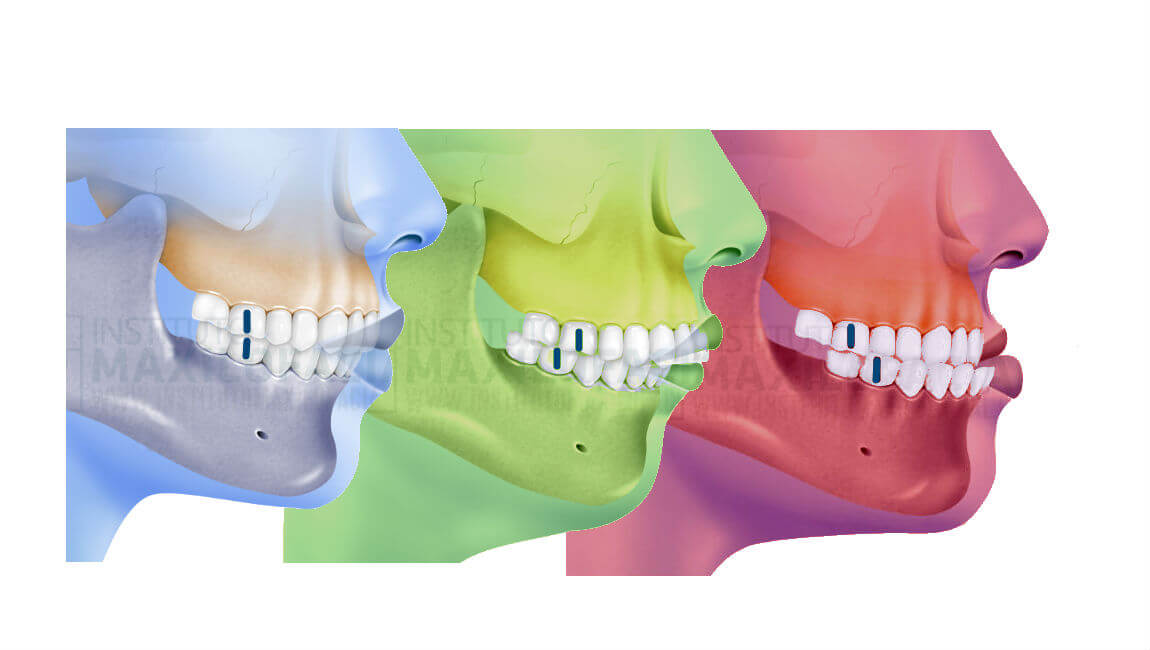
What Is A Class I Class Ii Or Class Iii Bite Instituto Maxilofacial
Given that her central mandibular and maxillary incisors were retroclined treatment plan aimed at obtaining mesio-distal space by means of a fixed orthodontic appliance providing protrusion of anterior teeth in normal occlusion.
. Click to see full answer Regarding this what is class II occlusion. A Class 1 malocclusion may see teeth that are overcrowded or overlapping. Same as normal occlusion but characterized by crowding rotations and other positional irregularities.
Classification of the bite occlusion is divided into three main categories. Class I pseudo-Class I super Class I. Usually the mesiobuccal cusp rests in between the first mandibular molars and second premolars.
First permanent molar relation 6. BSI Class I Canine - Class I Molar - Class I 7. The anteroposterior relationship is normal but there may be vertical or transverse.
The maxillary first molar is severely posteriorly positioned relative to the mandibular first molar. The line of occlusion - is a smooth catenary curve passing through the central fossa of each upper molar and across the cingulum of the upper canine and incisor teeth. The difference here lies in the position of the other teeth.
The masticatory system comprises the teeth the periodontal tissues and the articulatory system. The mesiobuccal cusp of the maxillary first molar occluding posterior to the buccal groove of the mandibular first molar ie. Usually the mesiobuccal cusp rests in between the first mandibular molars and second premolars.
A Class 3 molar relationship is described as. Correspondingly what is class II occlusion. The upper first molar is nestled comfortably in the lower first molar.
A Class 1 molar relationship is described as. There is normal relationship of the molars but the line of occlusion is incorrect because of malposed teeth rotations or other causes. Distocclusion retrognathism overjet overbite In this situation the mesiobuccal cusp of the upper first molar is not aligned with the mesiobuccal groove of the lower first molarInstead it is anterior to it.
Crown angulation mesio-distal tip. The articulatory system is in itself a triumvirate comprising the temporomandibular joint TMJ muscles of mastication. A Class 1 malocclusion is different in that the bite is considered normal by Edward Angles measures.
The teeth were arranged on a smoothly curving line of occlusion. Distocclusion retrognathism overjet overbite In this situation the mesiobuccal cusp of the upper first molar is not aligned with the mesiobuccal groove of the lower first molarInstead it is anterior to it. Want To Know If You Need Braces Here Are Some Instances.
Class I II and III. Regarding this what is class II occlusion. Class 1 dental malocclusion is the most common type of malocclusion.
Dental malocclusions are classified based on the positioning of the upper and lower molars. One of the types of occlusion is the underbite. Approximately 50 to 55 of children between the ages of 6 and 17 have some form of Class 1 malocclusion.
-there may be crowding spacing and local irregularities secondary to early loss developmental anomalies which are the most. The mesiobuccal cusp of maxillary 1 st molar occludes on the mesiobuccal groove of the mandibular 1 st molar in normal Class-I occlusion group. The upper incisor inclination is average and the overjet is 23 mm.
The red line is Angles line of occlusion and any Class I occlusions with deviations to this line are defined as a Class I malocclusion. Class I malocclusion. RUBAB HAIDER D-606.
Class I malocclusion is defined as that malocclusion in which the lower incisors occlude on or directly beneath the cingulum plateau of the upper incisors Figure 21. The patient presented Angle Class I malocclusion with anterior crossbite of teeth 11 and 22. Class i normal occlusion.
Saturday May 28 2022. A class 1 malocclusion means that the molar position or bite is normal but. Distocclusion retrognathism overjet overbite In this situation the mesiobuccal cusp of the upper first molar is not aligned with the mesiobuccal groove of the lower first molarInstead it is anterior to it.
Also known as prognathism this class of malocclusion occurs when the lower front teeth are more prominent than the upper front teeth and the patient has a large lower jaw or a short upper one. After Herbst treatment T2 a bilateral Class I or super Class I 025 cusp widths mesial molar relationship was seen in 182 of the subjects of the SYM subjects only. This causes a prognathic facial profile.
After Herbst treatment T2 a bilateral Class I or super Class I 025 cusp widths mesial molar relationship was seen in 182 of the subjects of the SYM subjects only. Distocclusion retrognathism overjet overbite In this situation the mesiobuccal cusp of the upper first molar is not aligned with the mesiobuccal groove of the lower first molarInstead it is anterior to it. Usually the mesiobuccal cusp rests in between the first mandibular molars and second premolars.
This classification refers to the position of the first molars and the way in which the upper ones fit together with the lower onesThis is important because the classification of the bite also indicates whether there is a skeletal discrepancy and helps determine why the bite does not fit. Similarly you may ask what is class II occlusion. What is a Class 1 malocclusion.
Occlusion is an integral part of dental treatment as dentists cannot repair move or remove teeth without affecting occlusion. Generally correct except when there are aberrations deviation from normal in the size of teeth. Class I malocclusions Class I malocclusions include -those anomalies where the anteroposterior relationship of lower and upper arches is within normal limits -there may be transverse andor vertical malrelationships.
Usually the mesiobuccal cusp rests in between the first mandibular molars and second premolars.
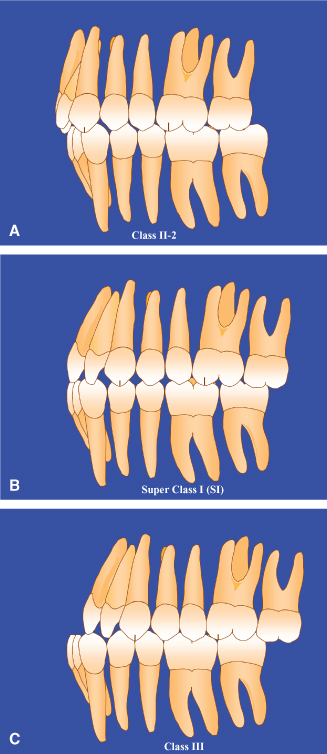
1 Orthodontic Diagnosis And Treatment Planning Pocket Dentistry
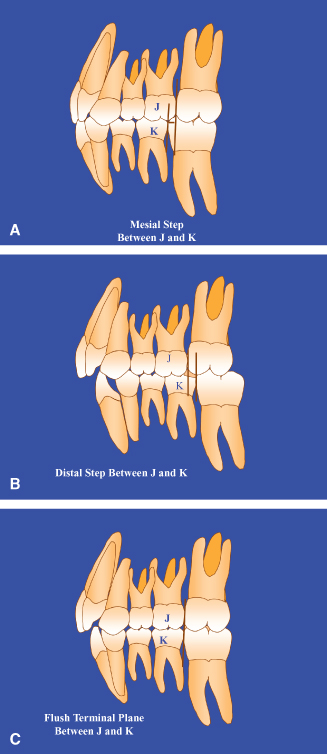
1 Orthodontic Diagnosis And Treatment Planning Pocket Dentistry

Adult Skeletal Class Iii Correction With Camouflage Orthodontic Treatment American Journal Of Orthodontics And Dentofacial Orthopedics

1 056 Likes 9 Comments Dentistry Today Dentistry2day On Instagram All Class Restorations Photo Vi Dental Hygenist Restorative Dentistry Dentistry

Orthodontics Dental Dental Hygiene School
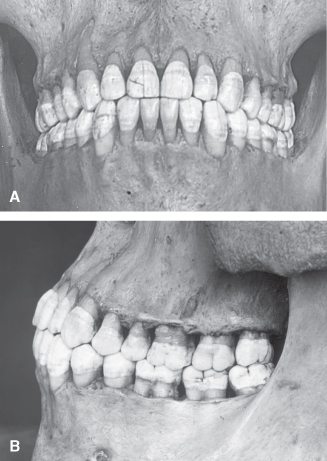
1 Orthodontic Diagnosis And Treatment Planning Pocket Dentistry

12 The Dental Examination Dental Charting Dental Hygiene Student Dental Hygiene School
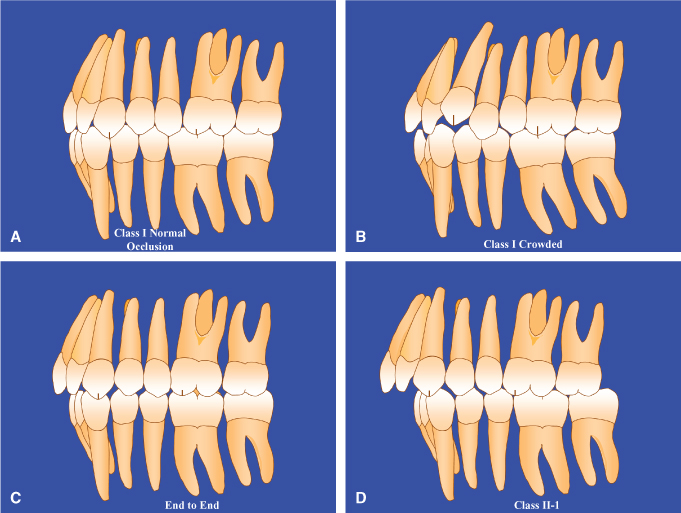
1 Orthodontic Diagnosis And Treatment Planning Pocket Dentistry

Dentaltown Where The Dental Community Lives Dental Hygiene School Dental Hygiene Student Dental Assistant Study

Must Know Classifications Of Dental Caries For The National Dental Hygiene Boards Dental Caries Dental Dental Hygiene School
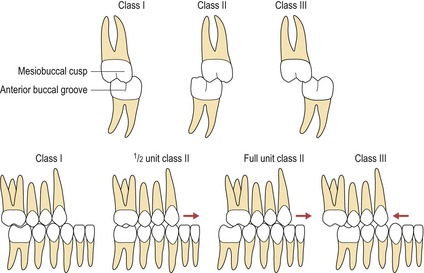
Occlusion And Malocclusion Pocket Dentistry
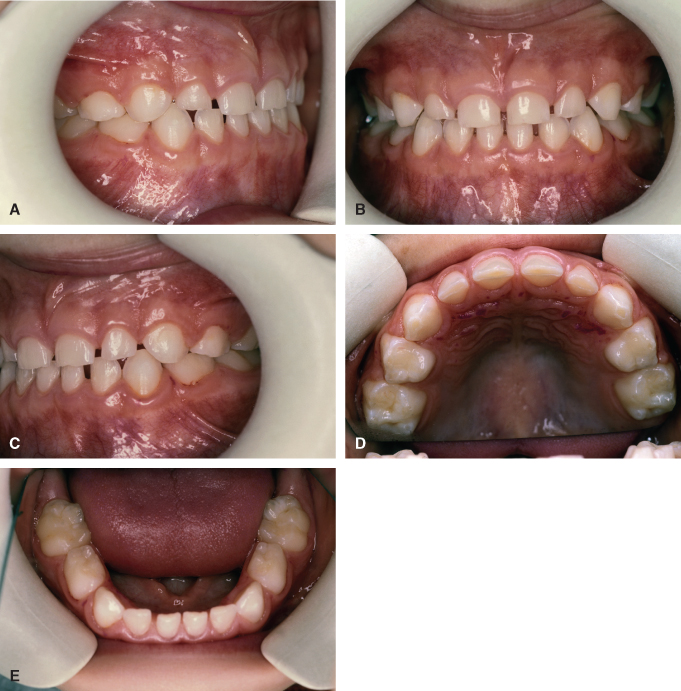
1 Orthodontic Diagnosis And Treatment Planning Pocket Dentistry

Pin En Endodontics Root Canals

What Is Normal Occlusion Orthodontics Orthodontics Marketing Dental Facts
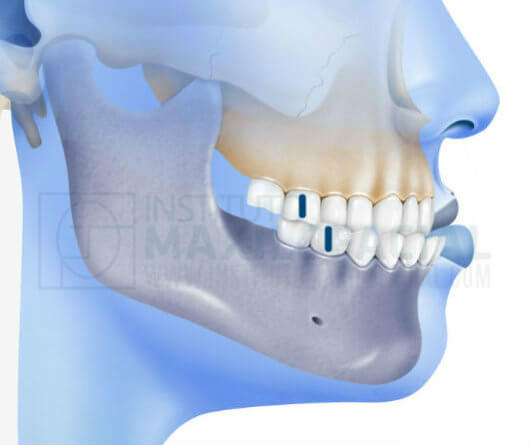
What Is A Class I Class Ii Or Class Iii Bite Instituto Maxilofacial